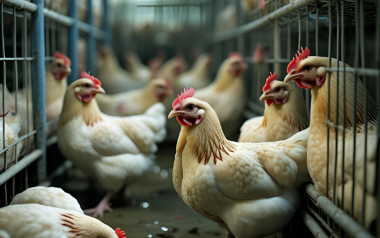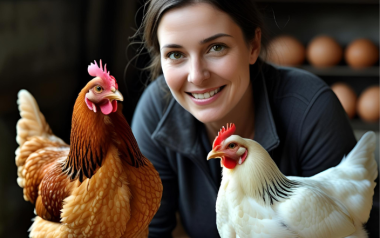Sources: Available upon request
15 Mar 2024
Goose meat: a global perspective
The global production of goose meat has witnessed steady growth, reaching a staggering 4.35 billion kilograms in 20221. China, the undisputed leader, accounts for a whopping 98.76% of this production, followed by Madagascar and Egypt.
As the world’s culinary landscape continues to evolve, so does our appetite for diverse and flavorful meats. Among the lesser-known delicacies, goose meat stands out for its rich taste, tender texture, and versatility. In this comprehensive report, we delve into the fascinating world of goose meat, exploring its market dynamics, top-producing countries, and essential tips for producers.
Market Size and Trends
Goose meat, classified under HS Code 020755, encompasses various cuts and offal, excluding fatty livers. The global production of goose meat has witnessed steady growth, reaching a staggering 4.35 billion kilograms in 2021. China, the undisputed leader, accounts for a whopping 98.76% of this production, followed by Madagascar and Egypt. The demand for this meat continues to rise, driven by its unique flavor profile and increasing culinary experimentation.
Top Producers and Their Trends
Let’s explore the top 10 goose meat producers and their production trends:
- China: With an impressive output of 4.30 billion kilograms, China dominates the market. Its consistent growth over the years underscores its culinary significance.
- Madagascar: Although a smaller player, Madagascar contributes significantly with 12.76 million kilograms of goose meat production.
- Egypt: Egypt’s production, standing at 12.59 million kilograms, reflects its historical association with goose delicacies.
- Myanmar (Burma): Producing 7.50 million kilograms, Myanmar showcases steady growth in this sector.
- Ukraine: Despite recent challenges, Ukraine remains a key producer, contributing 5.31 million kilograms.
- Turkey: Turkey’s output of 3.84 million kilograms highlights its commitment to goose farming.
- Israel: Israel’s 3.08 million kilograms demonstrate its niche presence in the global market.
- Iran: Iran’s production of 2.64 million kilograms reflects its cultural affinity for goose dishes.
- United Kingdom: The UK produces 2.33 million kilograms, emphasizing its local demand and export potential.
- Canada: Despite challenges, Canada contributes 612,900 kilograms to the global goose meat supply.
Tips for Producers
For aspiring goose meat producers, here are essential tips:
- Breeding and Nutrition: Select robust goose breeds suited to your climate. Proper nutrition ensures healthy growth and flavorful meat.
- Housing and Space: Provide spacious, well-ventilated housing to prevent stress and promote optimal development.
- Feeding Regimen: Balance grains, greens, and protein-rich feeds. Freshwater access is crucial.
- Health Management: Regular veterinary check-ups, vaccination, and disease prevention are vital.
- Processing and Marketing: Invest in hygienic processing facilities. Market your product through local markets, restaurants, and online platforms.
As the goose meat industry continues to thrive due to its tasty flavor, smooth texture and versatility, let us celebrate this delectable protein and its role in our culinary heritage. Bon appétit!








































